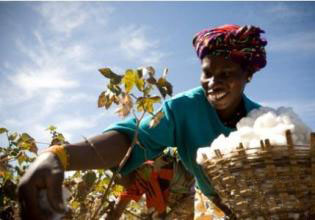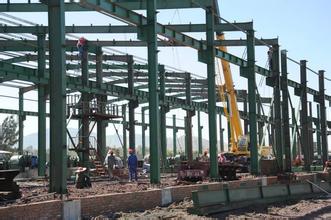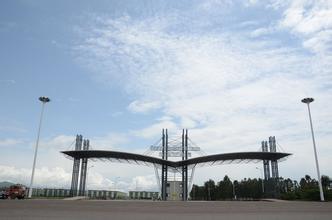A research programme to tackle invasive species that kill plants and sicken animals is getting under way at the United Kingdom’s Centre for Agriculture and Bioscience International (CABI).
The programme, worth US$50 million, aims to find scientific solution that help farmers to either defeat or adapt to the presence of invasive species. The goal is to tackle the devastating economic impact of such species, estimated to be around $183 billion in lost crops and revenue in Sub-Saharan Africa, South Asia and South-East Asia every year.
Species falling into the programme include the tuta absoluta moth – which destroyed crops on 80 per cent of Nigerian tomato farms last year – as well as the parthenium weed, which has invaded grazing lands in Tanzania and Uganda, poisoning livestock and afflicting local people with dermatitis.
“To tackle the global threat of invasive species we need to use proven approaches based on solid science,” said Trevor Nicholls, the chief executive officer of CABI.
“[The programme] will help in the early detection of invasive species.”
Nicholls added that, in areas where invasive species are already common, CABI would look for scientific solutions that are environmentally friendly and affordable for poorer communities.
The CABI programme will consist of a three-pronged approach, including spending on research to tackle invasive species, partnerships that put these solutions into practice and the development of a so-called “knowledge bank” to share experiences and research results.
At the launch event for the programme, which took place in London on 26-27 July, CABI representatives said the programme is crucial to support economic and social development in poorer regions.
Scientists estimate that in Africa alone, each rural woman spends about 200 hours per year weeding out invasive species from family farms. The same study showed that in rural regions around 70 per cent of school children miss lessons during peak weeding times as they are drafted in to help control invasive species.
According to CABI members at the event, controlling invasive species will play a crucial part in achieving the second Sustainable Development Goal, which aims to end hunger, achieve food security and improve nutrition.
“It’s up to us to make something of the SDGs,” said Ruth Oniang’o, a professor of nutrition at the University of Nairobi and CABI board member. “We need partnerships. We need scientists, the private sector, literate farmers, the media, and we can actually make it happen.”







